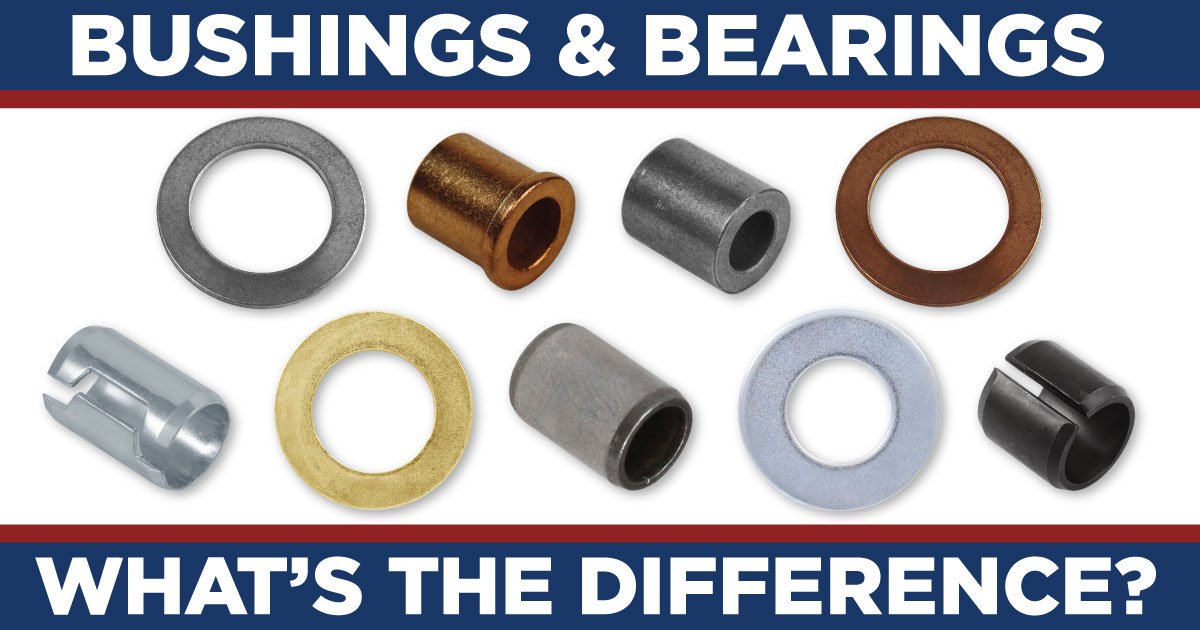Bearing and bushing are two critical components in rotating machinery and equipment. While both serve to reduce friction between moving surfaces, they have significant differences in terms of design, applications, and performance. In this article, we will delve into the differences between bearings and bushings and assist you in selecting the best option according to your needs.
Differences Between Bearing and Bushing:
Bearing typically consists of an outer ring, an inner ring, balls or rollers, and a cage that holds the balls or rollers. This design enables bearings to handle both radial and axial loads in various directions. Bushing, on the other hand, is a cylindrical component usually made of metal or other wear-resistant materials. Bushings are used to reduce friction between moving surfaces but are generally better suited for light radial loads than significant axial loads.
Advantages of Bearings:
Bearings offer several advantages that make them a superior choice in certain applications. Firstly, bearings can effectively handle both axial and radial loads, making them a better option for applications with varying loads. Additionally, bearings tend to have a longer lifespan compared to bushings due to more even load distribution among the balls or rollers. This makes bearings ideal for heavy industrial machines that require durability and reliable long-term performance.
Advantages of Bushings:
Although bushings might not be as robust as bearings in handling heavy or varying loads, they still have a significant place in various applications. Bushings are generally easier to install due to their simple design, and they are also more suitable for environments with minimal movement or vibration. In applications where space is limited, slim-profile bushings can be a more practical choice.
Best Choice for You:
The choice between bearings and bushings depends on factors such as the type of load to be handled, the operational environment, available space, and desired maintenance levels. If you have a machine with heavy loads and require long-lasting performance, bearings might be the best choice. However, if you have an application with light loads and desire easy installation, bushings could be the suitable solution.
Conclusion:
When choosing between bearings and bushings, it’s essential to consider your specific application needs. Both have their own advantages and drawbacks, and the right choice will enhance the performance and lifespan of your equipment. If you’re still uncertain, consult technical experts or engineers experienced in this field to ensure you make the correct decision.
Make your decision based on the information you have. For further guidance on bearings, bushings, and other engineering components, feel free to explore credible online resources. Always remember to consider your specific needs and don’t hesitate to seek professional advice if necessary.
By understanding the differences between bearings and bushings and considering your application needs, you can make an informed decision to ensure optimal equipment performance.
Since 1973, PT Garuda Bearindo Makmur has been the Supplier and Leading Distributor of brands like SKF, Koyo, NTN, NSK, and FYH in Indonesia. We sell our bearings to factories, bearing shops in Glodok, and throughout Indonesia.




